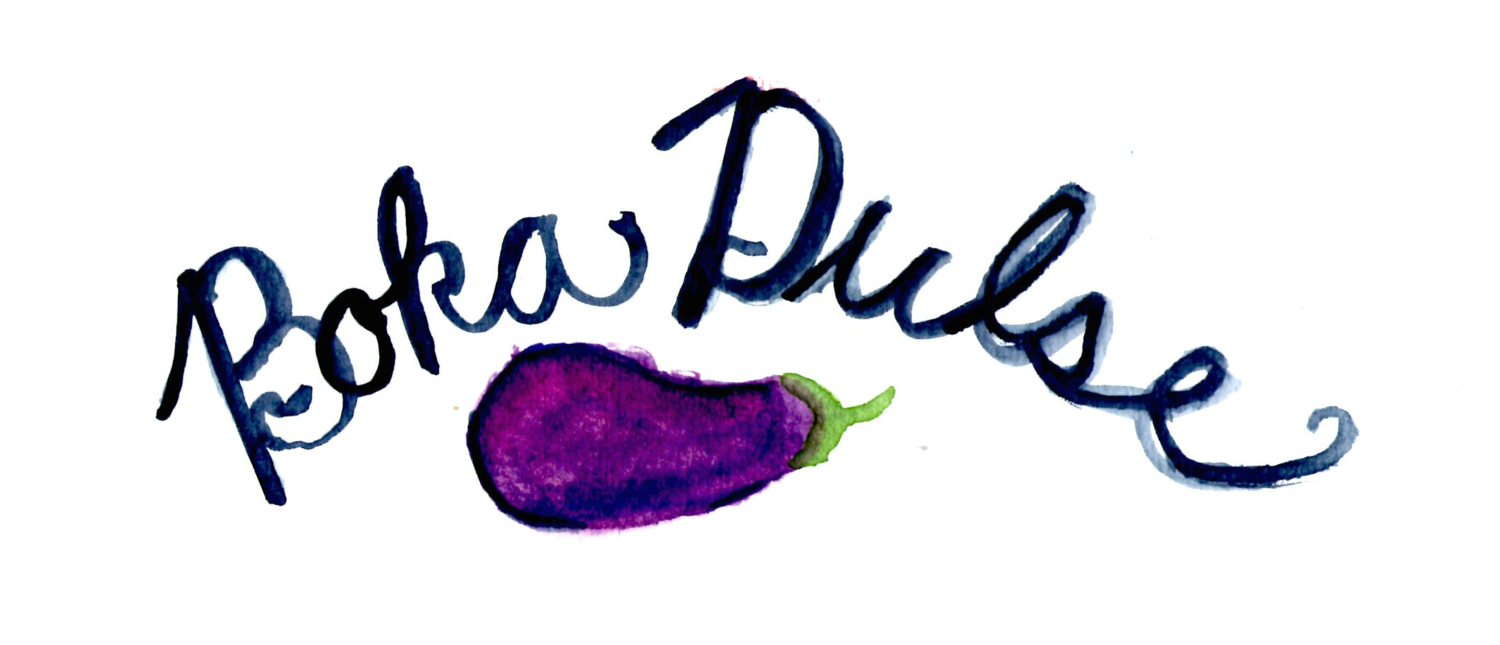Bom dia (good day) – or really, I should say, boa noite (goodnight) as I write this at 11 pm. I’m currently in Lisbon, writing to you from my cute Airbnb in the Bairro Dona Leonor neighborhood a few miles north of the city center. Why, you may ask, am I in Lisbon? Well, I’m here on a trip to conduct research on the food and foodways of the medieval Sephardic community here. I’ve been lucky to be generously funded by various fellowships from the University of Minnesota to do this research, and I’ll be spending the next month trying to learn as much as I can about the intersections of Portuguese Jewish history, food, and identity as a part of the first phase of my dissertation research. As a part of this project, and as a way of reflecting on my time here, I thought it would be a sweet idea to write and post a paragraph on my blog every day summing up my impressions, findings, and – let’s not forget! – delicious bites in this beautiful country. My intention for these paragraphs is not only to keep track of all these wonderful tidbits in a casual, not-totally-academic way, but also to be able to share them with those in my community and beyond who might be interested in what I’m researching.
To start, I thought it would be helpful to give a little bit of context for this research project. As many of you know, I specialize the culinary heritage and cultural identity of medieval Sephardic Jews for my PhD at UMN. While it may not seem so, just this phrase alone brings with it a whole host of complicated definitions, not the least of which is the term “Sephardic:” to some scholars (and members of the broader Jewish community), this term simply means “non-Ashkenazi” (non-Eastern European – although there’s complications to that term too that I won’t go into here!); to others, such as Paloma Diaz Mas and Jonathan Ray, this moniker applies only to the generations of Jews descended from those who were expelled from Spain in 1492. As both Diaz Mas and Ray clearly state, the Jews that lived on the Iberian Peninsula before 1492 can be referred to simply as “Spanish Jews.”* Needless to say, this denomination brings with it an abundance of complications, not least of all because it totally excludes the historic experience and identity of the Jews that lived in the geographic area now known as Portugal during the medieval and early modern periods. It is the experience of this community, as expressed through and with food, that I am hoping to find through my research on this trip, to expand the often-narrow discussion of medieval Iberian Jewish identity, both within and outside of the scholarly world.
This research on the medieval Portuguese Jewish experience and culinary identity not only comes from my desire to bring further nuance into the historic discussion of the medieval Sephardic community (not to mention that of its subsequent diaspora) but I see it as intimately related to the myriad ways Jewish identity exists and is expressed within the context of modern Portugal as well. Having lived in Spain, I witnessed firsthand modern Spanish Jewish life and its complicated connections to Spain’s Sephardic past through the experience of my beloved Comunidad Judía Reformista de Madrid. While even in my first 24 hours here I am already realizing the many ways in which Portugal and Spain are two quite distinct countries (for one, Spanish and Portuguese are, not to make a vast understatement, linguas muito diferentes**), I do have a feeling that the two countries do share some similarities, particularly when it comes to their Jewish past -- not the least of all how the idea of what the medieval Portuguese Jewish community was might affect the Portuguese Jewish community that currently is. So, in addition to my historical work through archives, I’m also keeping my eyes and ears attuned to ways these medieval imaginaries of Jews and Jewishness play out in the modern day-to-day here in Portugal. (For those who are interested, these archives include Biblioteca Nacional de Portugal, the Arquivo Nacional Torre do Tombo, and the municipal libraries of Évora and Loulé – I can share more on these in the future if it’s of interest!).
Now being three paragraphs over my proposed daily allotment, I will conclude this post here. My personal goal is to share a little something every day, as a way of keeping track of my ideas and the (hopefully many) interesting tidbits of information I expect to find while in Portugal -- whether a photo, a few words, or perhaps even a recipe J Even if the history isn’t your thing, I do hope you’ll enjoy these little petiscas*** as a fun daily mini-vacation. And if you have any questions, ideas, or suggestions of where I should go while here in Portugal, please let me know! Now, boa noite for real, and until tomorrow!
*Suggested readings for those who are interested: Paloma Diaz Mas’s Sephardim: The Jews from Spain (1992) and Jonathan Ray’s After Expulsion: 1492 and the Making of Sephardic Jewry (2013)
**Portuguese for “very different languages”
***the Portuguese equivalent of tapas, or small bites/plates of food
Below: some of my first bites in Lisbon; from left, a sardine for dinner, and a seafood rice for lunch at the archive.


